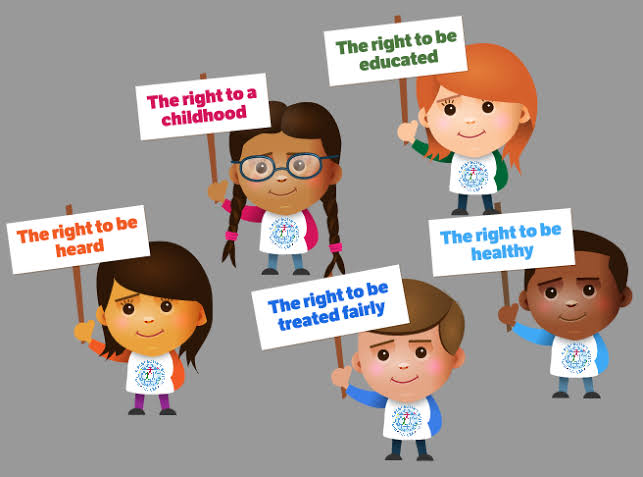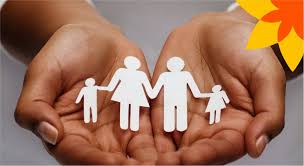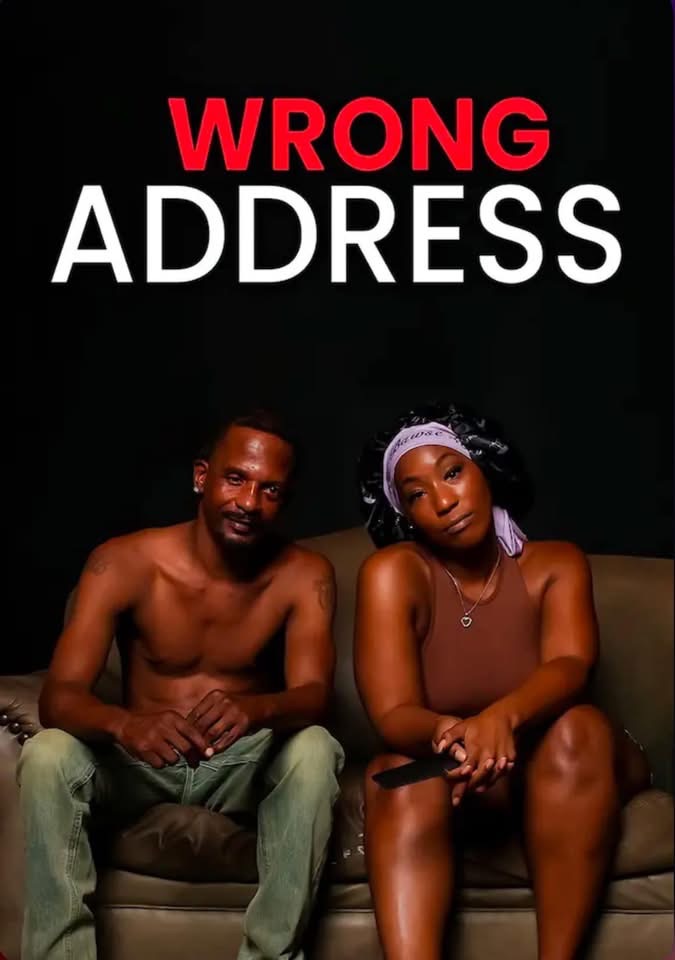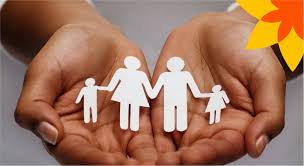Child Rights and Protection: Safeguarding the Future
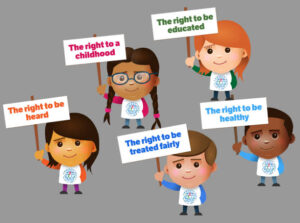
Children are among the most vulnerable members of society. They rely on adults for care, guidance, and protection. Every child, regardless of race, gender, nationality, or background, deserves to grow up in a safe, nurturing environment where their rights are respected. Child rights and protection ensure that children can survive, develop, participate, and reach their full potential free from violence, abuse, and neglect.
What Are Child Rights?
Child rights are the basic freedoms and entitlements every child should have from birth. These rights are enshrined in the United Nations Convention on the Rights of the Child (UNCRC), a global agreement adopted in 1989 and ratified by nearly every country in the world.
The UNCRC outlines four main categories of child rights:
- Survival Rights – The right to life, adequate nutrition, shelter, healthcare, and a safe environment.
- Development Rights – The right to education, play, leisure, and access to information.
- Protection Rights – The right to be protected from abuse, exploitation, neglect, and harmful practices.
- Participation Rights – The right to express opinions, be heard, and be involved in decisions affecting their lives.
Why Are Child Rights Important?
1. Vulnerability of Children
Children are not fully equipped to protect themselves or make informed decisions. They depend on adults for care and protection. Without rights and laws to protect them, they can easily fall victim to violence, exploitation, and neglect.
2. Foundation for Life
Early childhood is a critical time for development. Proper nutrition, healthcare, and education lay the foundation for a healthy, productive life. Denying children their rights leads to poor health, low education, and long-term poverty.
3. Social and Economic Progress
Protecting children’s rights helps break the cycle of poverty, reduces crime, and promotes economic development. Educated and healthy children grow up to be responsible, contributing members of society.
Key Areas of Child Protection
Child protection refers to the actions taken to prevent and respond to abuse, neglect, exploitation, and violence against children. It includes laws, policies, services, and social norms that ensure children’s safety and well-being.
1. Protection from Abuse and Neglect
Children must be protected from physical, emotional, and sexual abuse. Neglect—such as failing to provide food, care, or supervision—also severely affects a child’s development.
2. Protection from Child Labour
Children have the right to be in school, not forced into labor. Child labor deprives them of education and puts them at risk of physical and emotional harm.
3. Protection from Child Marriage
Child marriage is a serious violation of rights. It cuts short a girl’s education, puts her at risk of early pregnancy, and often exposes her to domestic violence.
4. Protection in Conflict and Emergency Situations
In areas affected by war, natural disasters, or displacement, children are especially at risk. They may be separated from families, recruited as child soldiers, or exposed to violence and exploitation.
5. Online Safety
With the rise of the internet, children also need protection from cyberbullying, online predators, and harmful digital content.
How to Protect Children’s Rights
Child protection is a shared responsibility among governments, communities, families, and individuals. Here are some key approaches:
1. Legal Frameworks
Countries must have strong laws that protect children’s rights and punish violators. This includes laws against child abuse, trafficking, exploitation, and harmful practices like child marriage.
2. Access to Education
Education is both a right and a protective factor. Children who attend school are less likely to be exploited or forced into labor or marriage. Schools also provide a safe space and promote awareness of rights.
3. Health and Nutrition Services
Children must have access to quality healthcare, vaccinations, and nutritious food to grow and develop properly. Governments and organizations must invest in child-friendly health systems.
4. Birth Registration
Every child should be registered at birth. A birth certificate is often necessary for accessing education, healthcare, and legal protection.
5. Community Awareness
Parents, caregivers, and communities must be educated about child rights and the importance of protection. Harmful traditional practices must be addressed through dialogue and education.
6. Child-Friendly Justice Systems
Children involved in legal matters—whether victims, witnesses, or offenders—need special protection and support. Justice systems should be tailored to the child’s age and emotional needs.
The Role of Parents and Families
Families are the first and most important protectors of children. Parents and caregivers must:
- Provide love, guidance, and support
- Ensure children attend school and receive healthcare
- Protect them from harmful situations
- Encourage open communication and listen to their concerns
Positive parenting builds children’s confidence and helps them grow into responsible adults.
The Role of Government and Society
Governments have the primary responsibility to safeguard children. This includes:
- Enforcing child protection laws
- Supporting education and healthcare services
- Training social workers and law enforcement
- Collaborating with NGOs and international organizations
Society—including religious leaders, educators, media, and businesses—also plays a key role in shaping attitudes and creating a safe environment for children.
Children’s Right to Participation
One often-overlooked right is the child’s right to participate in matters that affect them. This doesn’t mean they make adult decisions, but they should be:
- Heard in family, school, and legal settings
- Consulted on issues affecting their lives
- Given information in a way they can understand
When children are encouraged to express their views, they grow up more confident and engaged in their communities.
Challenges in Child Rights and Protection
Despite efforts, many children still face violations of their rights:
- Poverty: Many families struggle to meet basic needs, increasing vulnerability.
- Conflict and displacement: Wars and disasters displace millions of children every year.
- Cultural practices: Some harmful traditions still persist due to lack of awareness or resistance to change.
- Weak enforcement: Even where laws exist, enforcement may be poor due to corruption or limited resources.
Overcoming these challenges requires collective action, policy reforms, and international cooperation.
Conclusion
Every child deserves to live in a world where they are safe, valued, and given the chance to succeed. Child rights and protection are not just legal obligations—they are moral duties that shape the future of societies. By protecting children today, we ensure a healthier, more equitable, and prosperous tomorrow. It is our responsibility—as individuals, families, communities, and governments—to speak up, take action, and be the voice for those who cannot yet speak for

